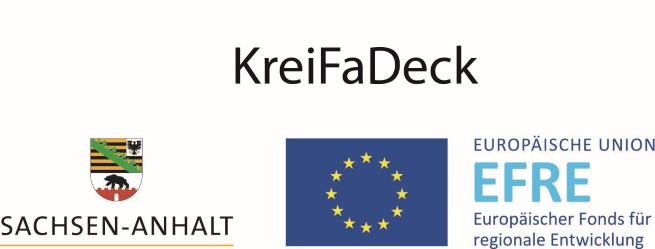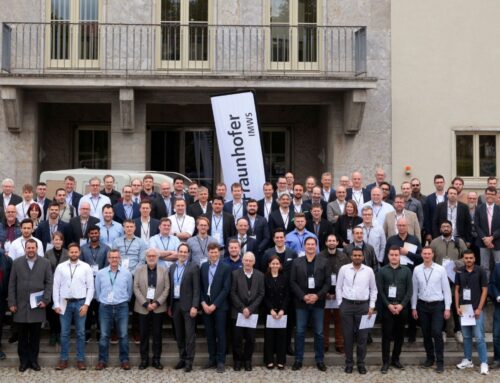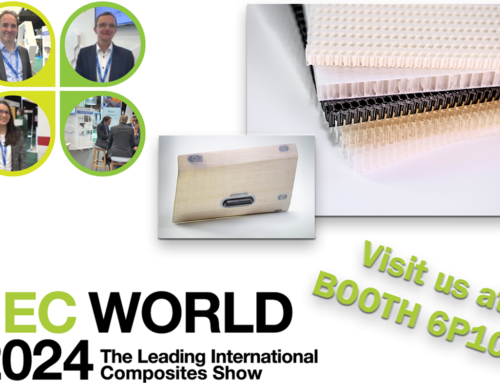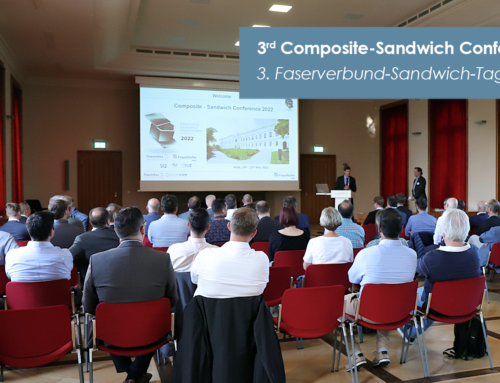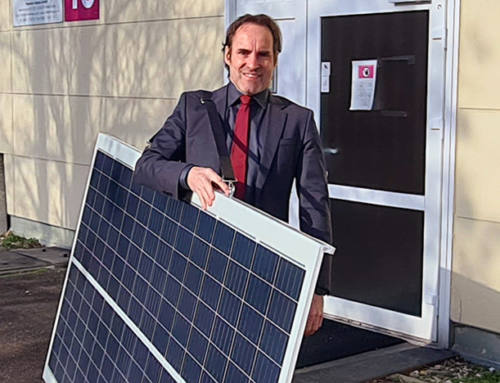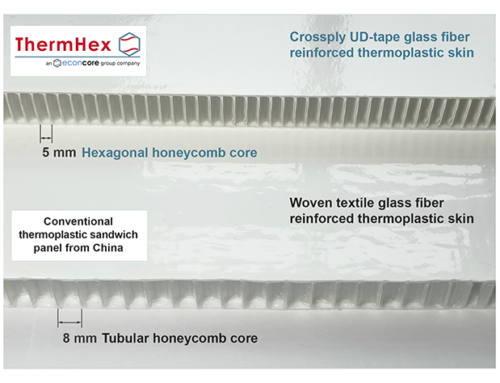ThermHex Waben GmbH and the state are investing 1.5 million euros in the production plant
Halle has been a production location for thermoplastic honeycomb cores since today. The production plant in Merseburger Straße in Halle was greeted by the Minister of Agriculture Dr. Reiner Haseloff, in which he described the highly innovative and high-growth settlement as a win for the city of Halle and the state of Saxony-Anhalt, was ceremoniously inaugurated.
ThermHex Waben GmbH, which was supported by the university start-up network UNIVATIONS Saxony-Anhalt during its foundation, is investing a total of around 1.5 million euros in the Halle location, 50 percent of the investment is funded by the state of Saxony-Anhalt. Managing Director Jochen Pflug has six employees at the start of production, an expansion to up to 20 employees is planned in future. Around one million square meters of the honeycomb material are to be produced annually in the new factory in Halle.
Since 2005, the engineer for aerospace technology, Jochen Pflug, has been the managing director of the Belgian company EconCore, a public limited company that deals exclusively with research and development. ThermHex Waben GmbH is a wholly owned subsidiary of EconCore. EconCore uses the innovative process developed by Jochen Pflug and the University of Leuven for the continuous production of “honeycomb cores” for lightweight panels. Compared to conventional, discontinuous production, the new process offers significant time and cost advantages thanks to a highly automated and uninterrupted production, around 30 percent less material is used. This technology is protected by granted international patents.
Lightweight panels with honeycomb cores were originally developed for space travel. Due to their special properties – less material, light and yet stable – lightweight panels are constantly finding new fields of application. The sandwich construction with honeycomb core can be found in interior and structural components of airplanes and yachts, in many automotive components, but also in furniture or packaging. Depending on the intended use, the honeycomb cores are made with various cover materials (plastic, steel, middle layer of light and yet extremely stiff sandwich panels. In addition to being used in flat sandwich panels, for example for truck bodies, large quantities of thermoplastic honeycomb cores are now processed into complex-shaped components, for rotor blades from Wind turbines, for example.
This is how the honeycomb technology originated in Halle. With the invention of decorative honeycomb paper in 1901 and its automated production process from 1903, the Halle paper goods factory Heilbrun & Pinner made a significant contribution to the development of honeycomb cores. The company’s products, decorative objects and cards, were especially exported to the USA and Great Britain. Saxony-Anhalt was also one step ahead when it came to using honeycomb structures in sandwich components. In a patent from 1915, Hugo Junkers, who came from Aachen to Dessau, was the first to describe the advantages of the honeycomb structure in lightweight, yet stable components for aircraft construction attributed to the city of Halle.
With the opening of his new production facility, Jochen Pflug is building on the innovations from back then and is thus returning to the place of origin of today’s honeycomb technology, in Halle.



